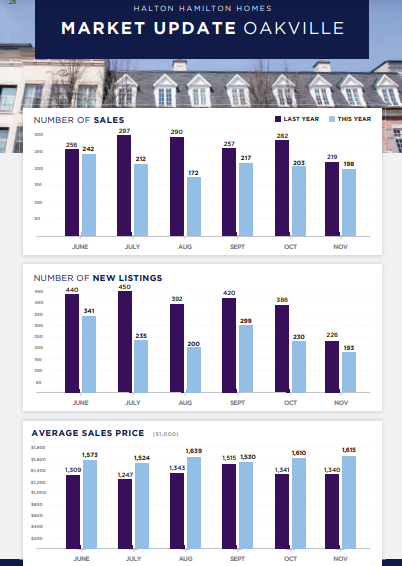As technology continues to integrate seamlessly into our daily lives, the definition of a “dream home” is evolving. In 2025, smart home features are no longer a luxury—they’re an expectation, especially among younger buyers and techsavvy homeowners.
PM Wyre is a locally-owned home automation business, based in Burlington. They offer a complete range of services including home audio and cinema, home automation, lighting, security and even window coverings. We asked Sarah Love, co-owner, to identify the top trends in smart home technology in 2025.
Today’s buyers are looking for homes that offer convenience, efficiency, security, and sustainability, all powered by smart technology. From voice-controlled lighting and climate control to smart security systems and energy-saving appliances, these features aren’t just nice to have—they’re becoming essential selling points.
At the top of most buyers’ wish lists are smart thermostats, which allow homeowners to control heating and cooling from their phones, saving energy and reducing utility bills. Similarly, smart lighting systems that adjust based on occupancy or natural light levels add comfort while promoting energy efficiency.
Security is another major priority. Buyers in 2025 often expect homes to be equipped with smart locks, security cameras, doorbell cameras, and motion sensors that can be monitored remotely and send alerts with unexpected activity. These features offer peace of mind and can easily integrate with smartphones or voice assistants like Alexa or Google Assistant.
Smart kitchens and appliances are also gaining popularity. Refrigerators that track inventory and suggest grocery lists, ovens that can be preheated remotely, and dishwashers that run during off-peak hours are just a few examples of how technology is making everyday life easier.
Another growing trend is whole-home automation—where multiple systems like lighting, entertainment, climate, and security can be controlled from a single hub or app. Buyers appreciate the ability to personalize and automate their environment, letting the home handle routine adjustments on its own. With simple set and forget control, thermostats, lighting, and shades automatically adjust to maximize comfort and trim energy use. One touch scenes add instant wow: tap “Good Night” and the system switches off TVs and lights, arms the alarm, and leaves the stairway gently lit for safety.
Finally, sustainability plays a big role in buyer decisions. Homes that feature solar panels, energy-monitoring systems, and water-saving tech are highly attractive to eco-conscious buyers.
In 2025, smart homes aren’t just futuristic— they’re expected. Sellers and developers who incorporate the right mix of smart features are more likely to attract attention, command higher prices, and meet the evolving demands of today’s modern buyer.
LOCAL LINK:
PM Wyre
4155 Fairview Street, Burlington
905-639-9972
www.pmwyre.com
Photos provided by PM Wyre

